


Begun in the 16th century and completed over the course of 300 years, City Palace in Udaipur is actually several palaces laid out in such a way that they appear as a single façade. Fusing traditional Rajasthani and Mughal styles, City Palace has ornate glass and ceramic mosaics, elaborate gateways, courtyards, corridors and garden oases.
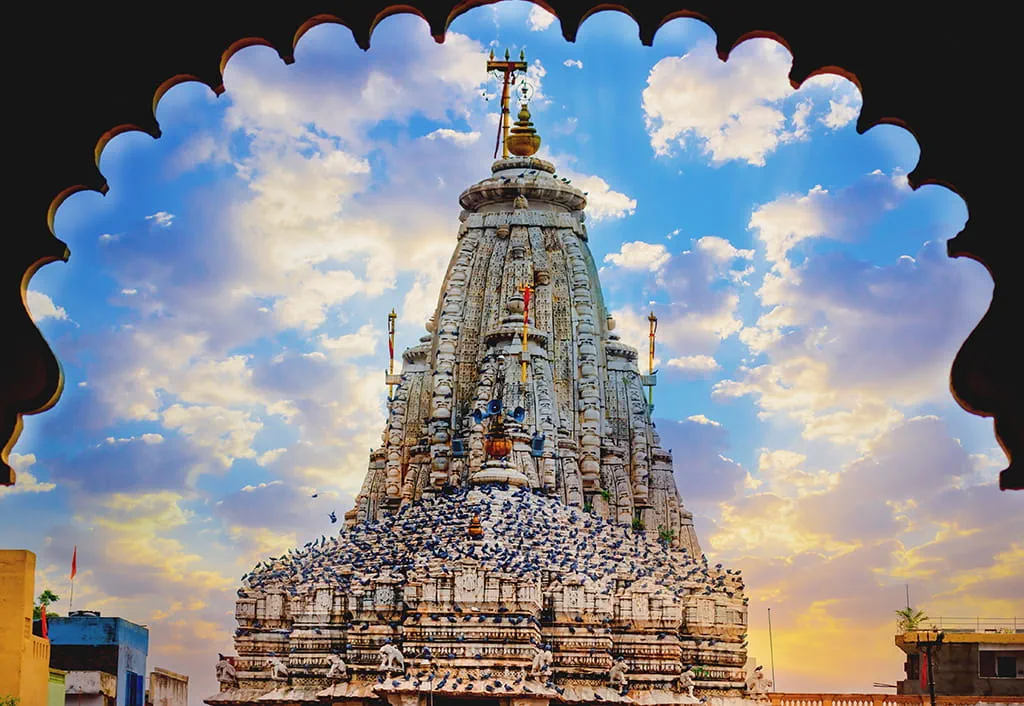
Jagdish Temple was built in 1651 and dedicated to the Hindu Lord Vishnu. The temple has an awe-inspiring, 24 metres high pagoda adorned with sculptures of dancers, musicians, elephants and horsemen. It is the city's largest and most resplendent temple.
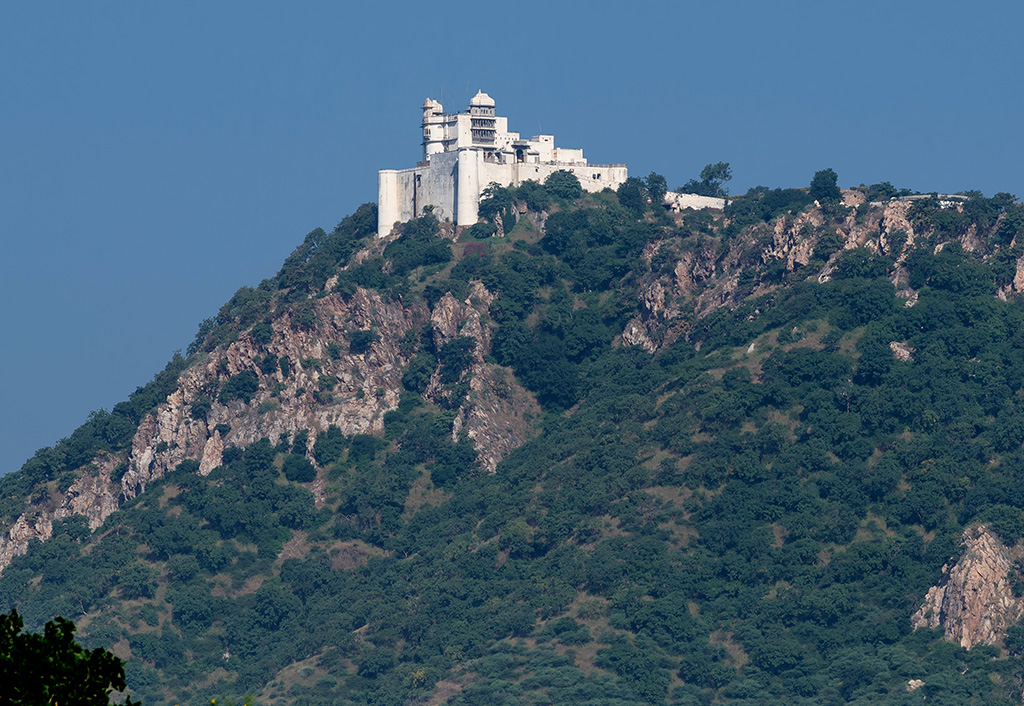
A visit to this celebrated landmark is highly recommended. Originally built in the late 18th Century by Maharana Sajjan to serve as an observatory, the Mahrana chose his perch well. From here you can enjoy a breathtaking view of the city and surrounding lakes, the rivers and wooded hillsides. Watching the sunset from here is especially rewarding.
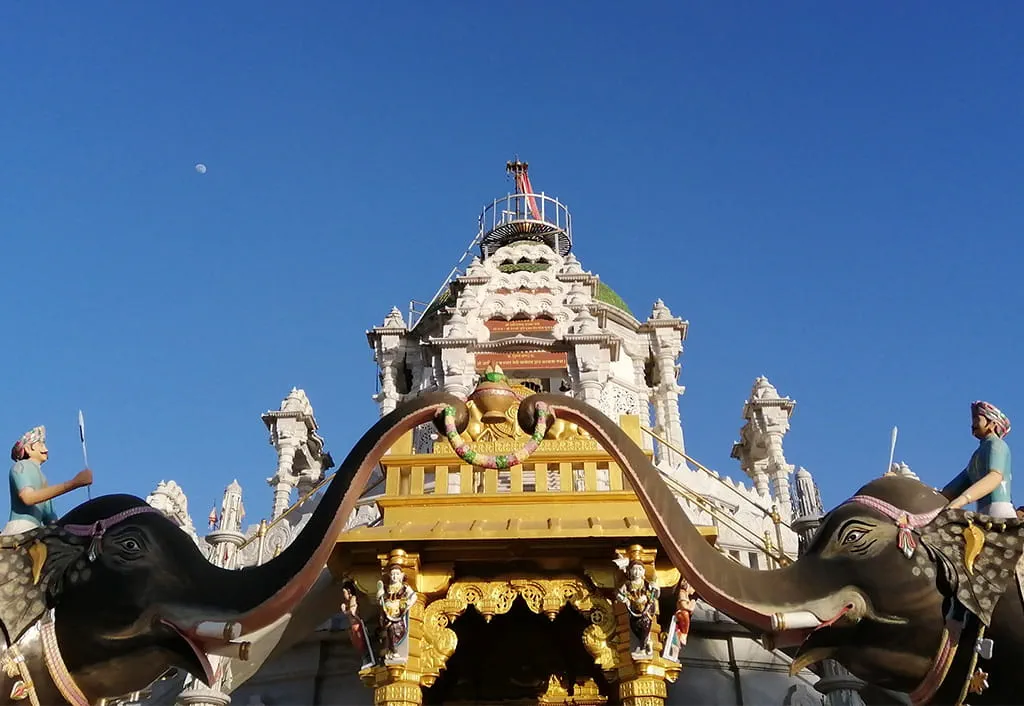
One of the largest and most important temples in Jain culture, Ranakpur Jain Temple is a spectacular marble structure laden with myths and legends. It covers nearly 4,460 square metres (1.1 acres), includes eighty domes, twenty nine halls and is supported by more than 1,440 unique and intricately carved marble pillars, each said to be unique, with no two alike. Ranakpur also features a large, single marble rock which has been carved into over one thousand snakes, whose tails are said to be never ending.

A UNESCO World Heritage Site with walls second only in length to those of the Great Wall of China. Built in the 15th century by the Mewar Maharana Khumba and occupied until the 19th century, Kumbhalgarh Fort is the second largest fortification in India after Chittor Fort. It sits 1,100 metres above sea level in the Aravalli Ranges, with views as far as the Thar Desert and beyond. Its walls are over thirty five kilometres long and six metres at their thickest. There are over 360 Jain and Hindu temples within the fort, as well as palaces, and a tank of five kilometres in length and eighteen kilometres in depth. Folklore has it that the Maharana used to burn large flaming torches on the walls of the fort to shed light on the farmers who worked at night in the valleys below. Today, in honour of this tradition, every evening, the fort is totally illuminated for a few minutes in accordance with this tradition. Keep an eye out for the white painted outline of a lady; said to mark the spot where a flower seller was bricked up alive within the walls after being discovered leading enemies to the entrance of the fort with a petal trail.
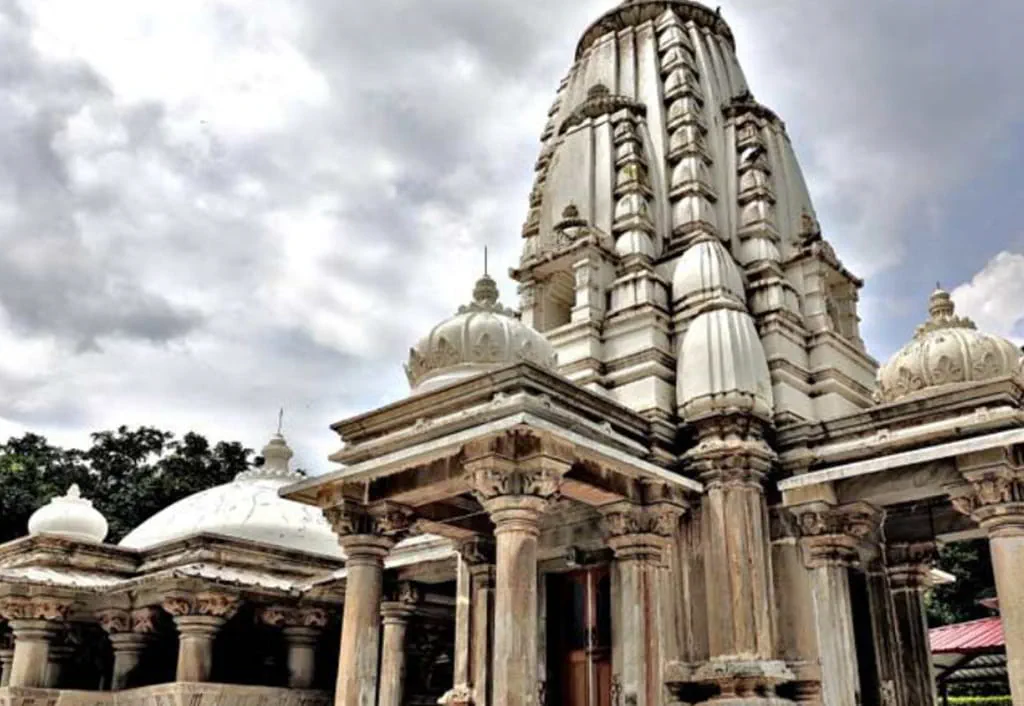
Sri Eklingji is a fantastic temple complex, hand-chiselled out of sandstone and marble, and enclosed by high walls on the shore of a lake. Located just 2 km away, Nagda has temples that sit on the lake’s edge and submerged in its waters.
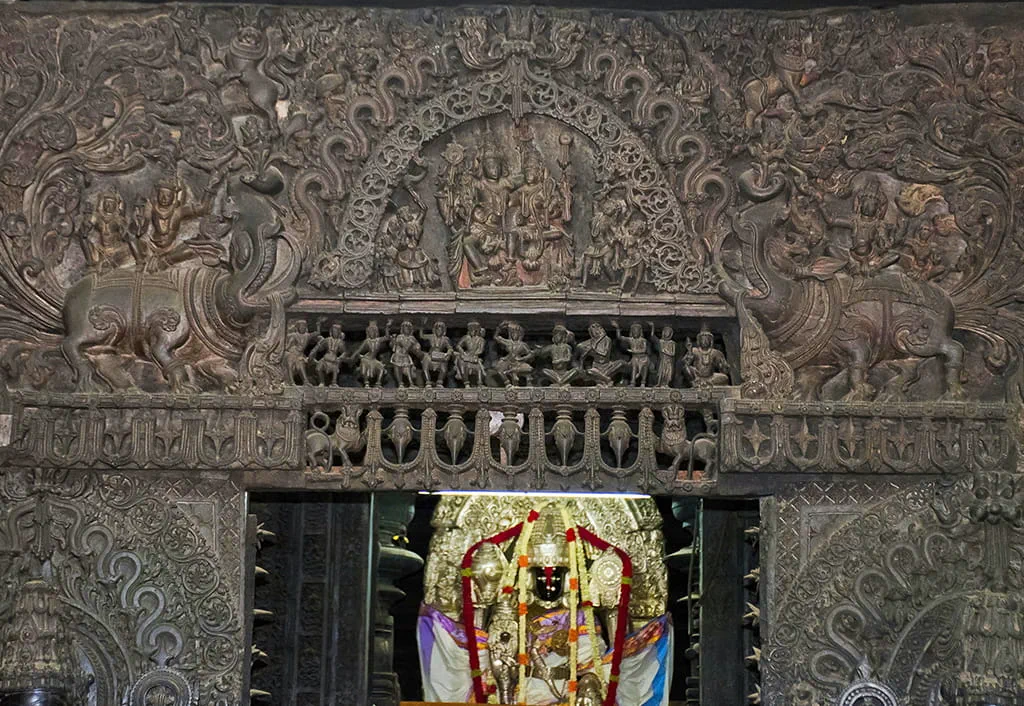
Located on the banks of the River Banas in the Aravalli foothills, Nathdwara literally means: Gateway to Shrinathji; Shrinathji being a 14th century child deity and avatar of Lord Krishna, in whose honour a large temple was built here. Nathdwara is also known for its pichhwai: large handpainted cloths that depict scenes from the life of Lord Krishna, as well as handmade ceramics, milk based sweets and haweli devotional music.

Bagore ki Haveli was built in the 18th century by the Prime Minister of Udaipur. Following his death, it was claimed by the Mewar royal family who extended and made it more grandiose. Following Indian independence in 1947, it was used as a government office until in recent years it was restored using traditional techniques and opened as a museum. Bagore ki Haveli has beautiful architecture, courtyards, and fountains, befitting a former royal mansion. It is located on Lake Pichola and is easily accessible from The Oberoi Udaivilas, the best resort in Udaipur.

Saheliyon ki Bari was founded in the 18th century by Maharana Sangram Singh as a pleasure garden for the 48 maids who attended his wife. It has green lawns, fountains, marble statues of elephants and a small museum. Saheliyon ki Bari is one of the nicest places to see in Udaipur, slightly off the beaten track. Please contact The Oberoi Udaivilas, the best resort in Udaipur, for further information.
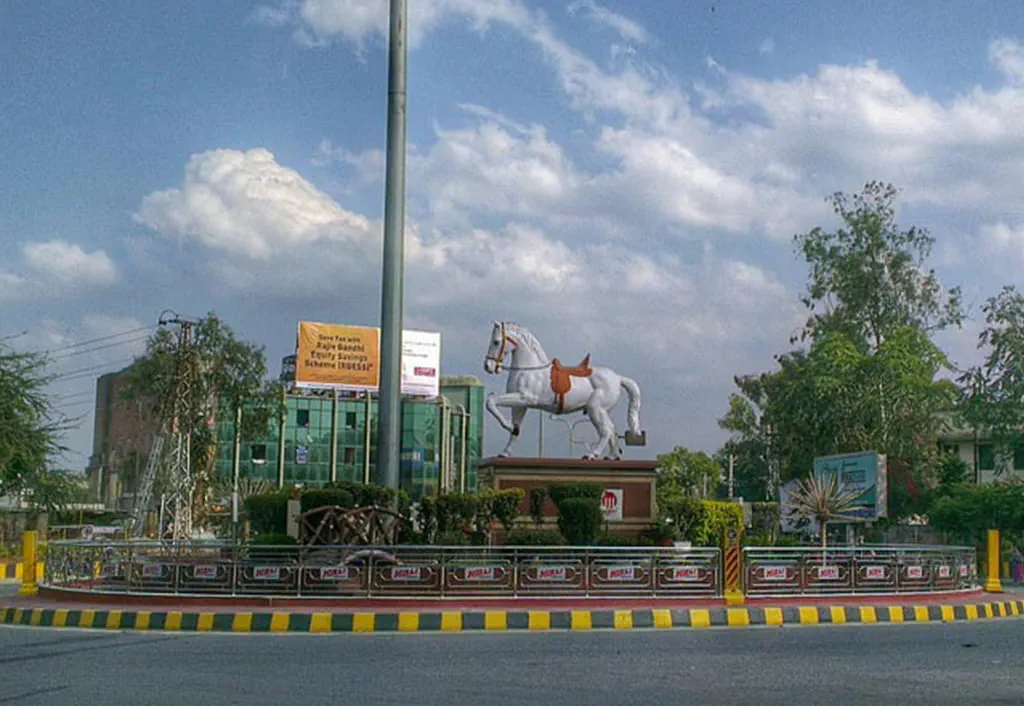
Also known as “Elephant Gate Market” is a treasure of Rajasthani craftsmanship and maintains its old-world charm.
Its name traces back to the time when royal elephants used to enter the city through this gate.
Hathi Pol is renowned for famous miniature and pichwai paintings, embroidered ethnic bags and colourful hand-made shoes called juttis.
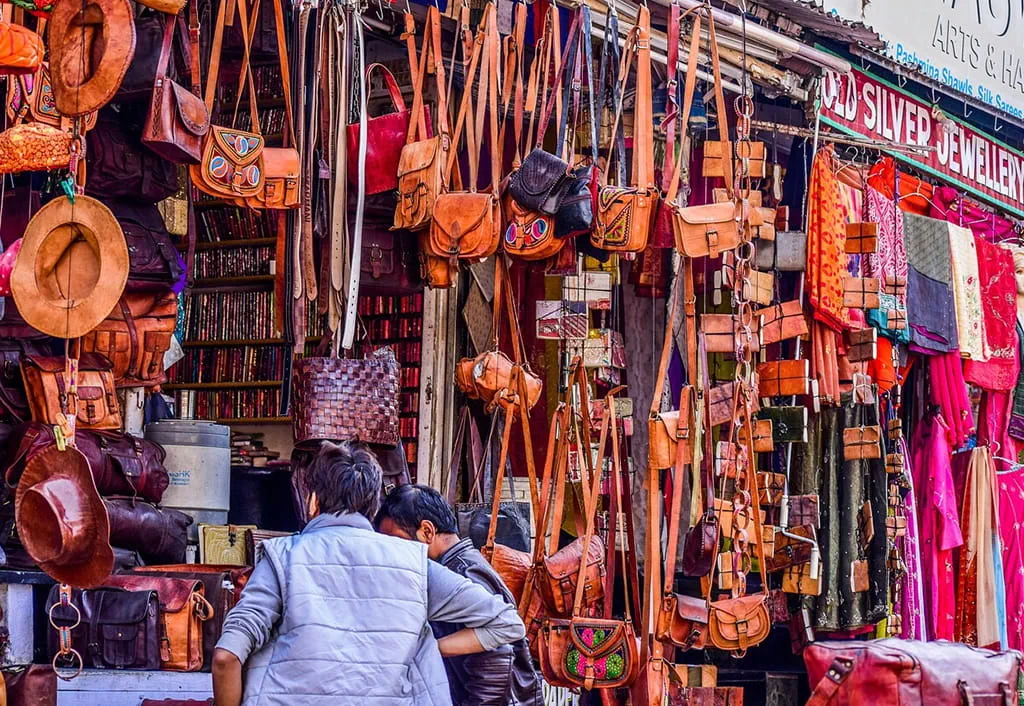
Bapu Bazaar is renowned for its lively atmosphere, diverse shopping options, and traditional handicrafts. It's a popular destination for traditional clothing, accessories, textiles like bandhani and leheriya, and a variety of Rajasthani souvenirs.

The battle fought at the Haldighati mountain pass on 18th June 1576 is one of the most famous battles ever fought in Indian history. It was a bloody contestation of power between the all powerful Mughals and local Rajput rulers. Although the Rajput army suffered more casualties and was significantly smaller in manpower and weaker in weaponry, the Mughals failed to capture or overthrow them. The Haldighati pass takes its name from the turmeric (haldi) hue of the soil. The shrine erected by Maharana Pratap, of the Rajputs in honour of his beloved steed: Chetak, can be seen near Haldighati. Haldighati also prides itself on its cottage industries; its rose products and mud art make particularly interesting souvenirs.
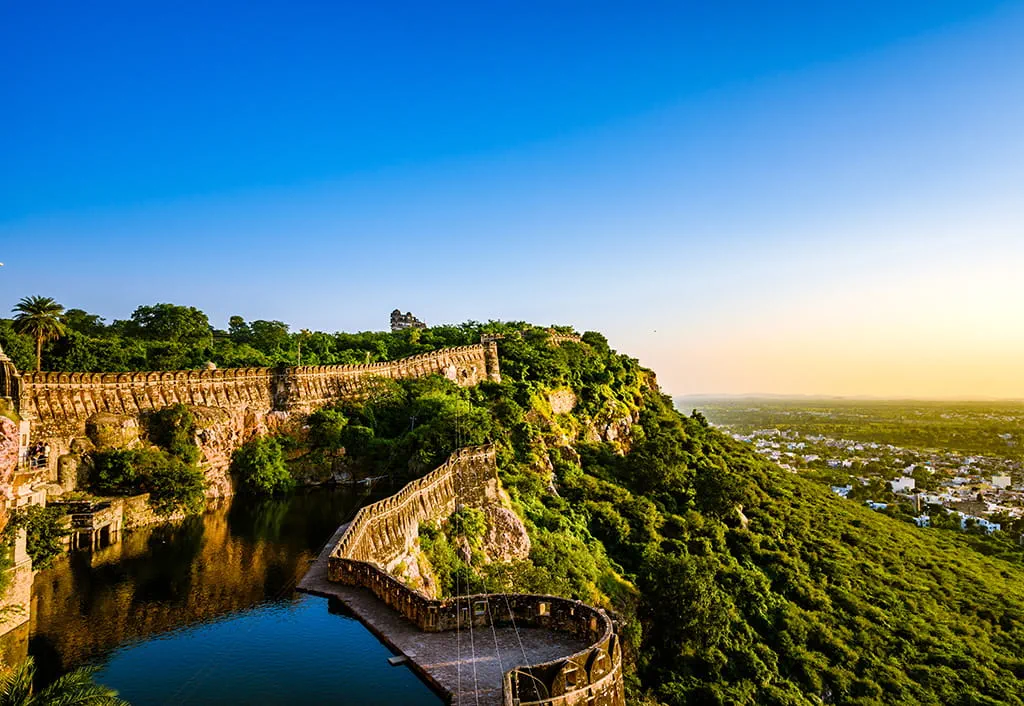
A UNESCO World Heritage Site of ruined palaces, gates and temples that cover almost 2,832,799 square metres (700 acres) of hilltop, three hours from central Udaipur. Well worth a visit for those interested in Indian history, the fort was attacked and defeated three times during the reigns of different rulers.

The “grand bazaar” is a lively market where street side stalls and modern showrooms jostle for attention. Excellent souvenirs can be found here, including jewellery, traditional shibori hand dyed fabrics, camel leather bags and footwear, and much more, at reasonable rates. Udaipur is also famous for its miniature paintings.

Shilpgram is a rural arts and crafts complex spread over 283,280 square metres (70 acres) against a beautiful backdrop of the Aravalli Ranges. Conceived as a living ethnographic museum, it showcases the lifestyles of local indigenous communities. It is a good place to purchase traditional arts and crafts.

This popular shopping area in the centre of Udaipur city is frequented by domestic and international visitors, and is a good place to buy traditional Rajasthani goods. The government run Rajasthani emporium, which sells quality, handcrafted goods, is located here.



